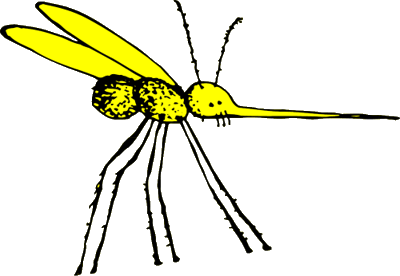What do you think?
Rate this book


112 pages, Hardcover
First published September 28, 2009
The Secret of the Yellow Death... The title can refer to the secret inside the story, inside of the ill. The story brings to the reader the terrifying story of how yellow fever crippled armies and civilian populations until the secret of how the disease spread was uncovered. In emotional and sometimes horrifying detail, the story.
The story reveals the efforts of scientists who struggled against immense odds to find a way to stop it spred. Most remarkable are the sacrifices made by American doctors including Walter Reed, James Carroll (Reed's assistant), Jesse Lazear, and Cuban-born physician Artistides Agramonte.
The Secret of the Yellow Death is a true story of how four Americans and a Cuban were able to track down one of the most violent and contagious epidemics: the yellow fever. The tale is set in Havana, Cuba in the 19th century. The plague strikes on men, women and children showing no mercy while inflicting lots of pain and sometimes even death. The symptoms of the epidemic included high fever, chills, and yellow skin and eyes. In the story, a team of scientists travel to Cuba, risking their own lives, and aiming to find a cure for the disease. The scientists understand the dangers of their undertaking, since they have to interact closely with yellow fever victims in order to understand how the disease is transmitted. In the end, one of the scientists sacrifices himself in order to uncover the truth. The scientists find out that yellow fever is transmitted by a mosquito bite.

